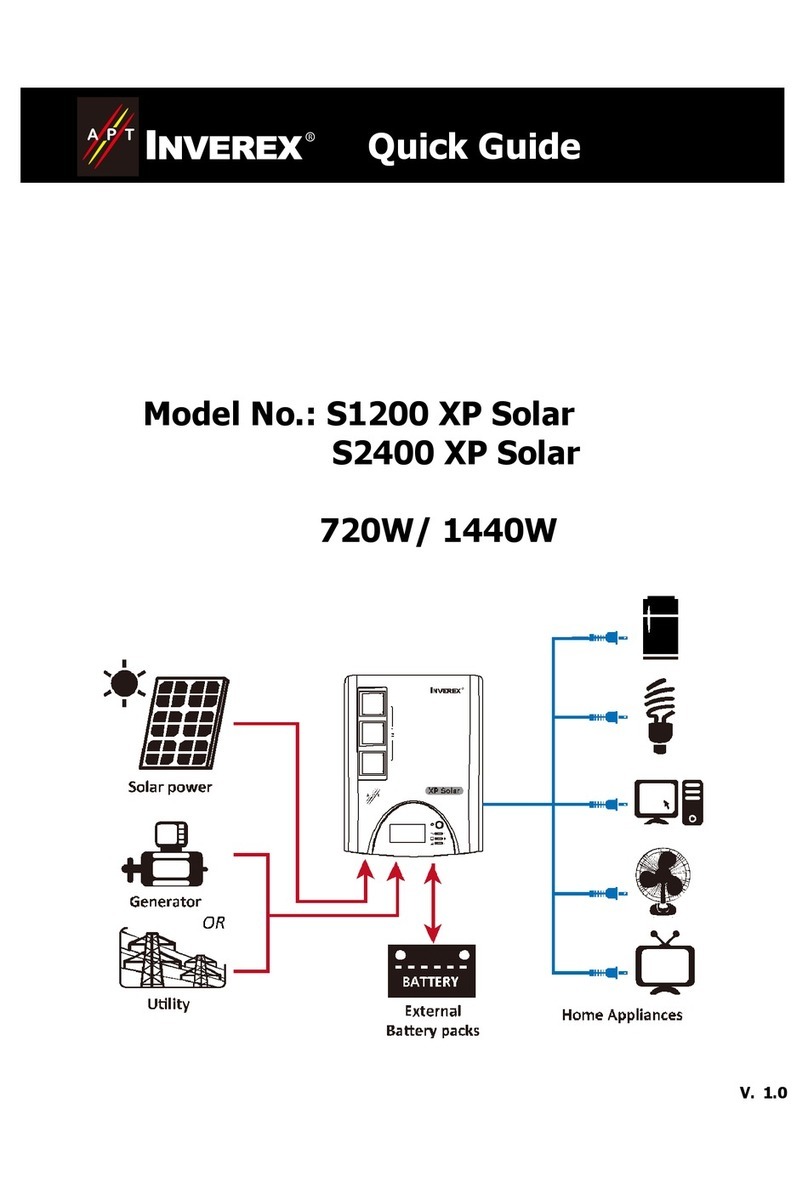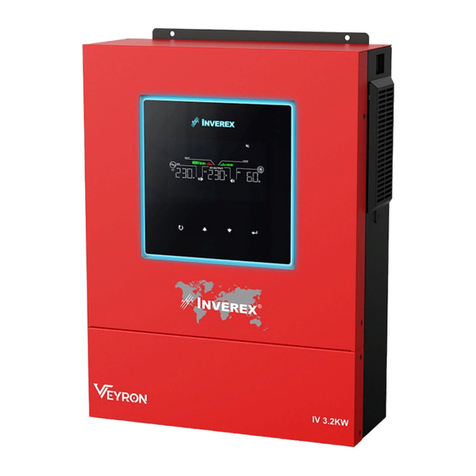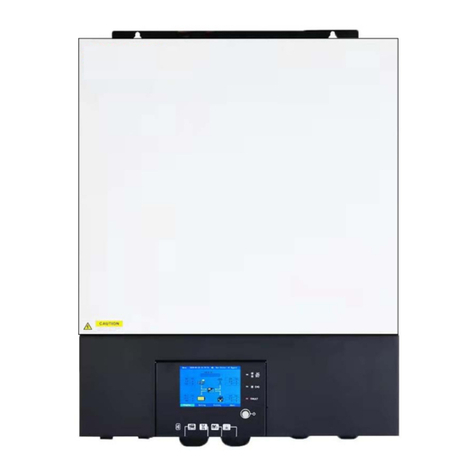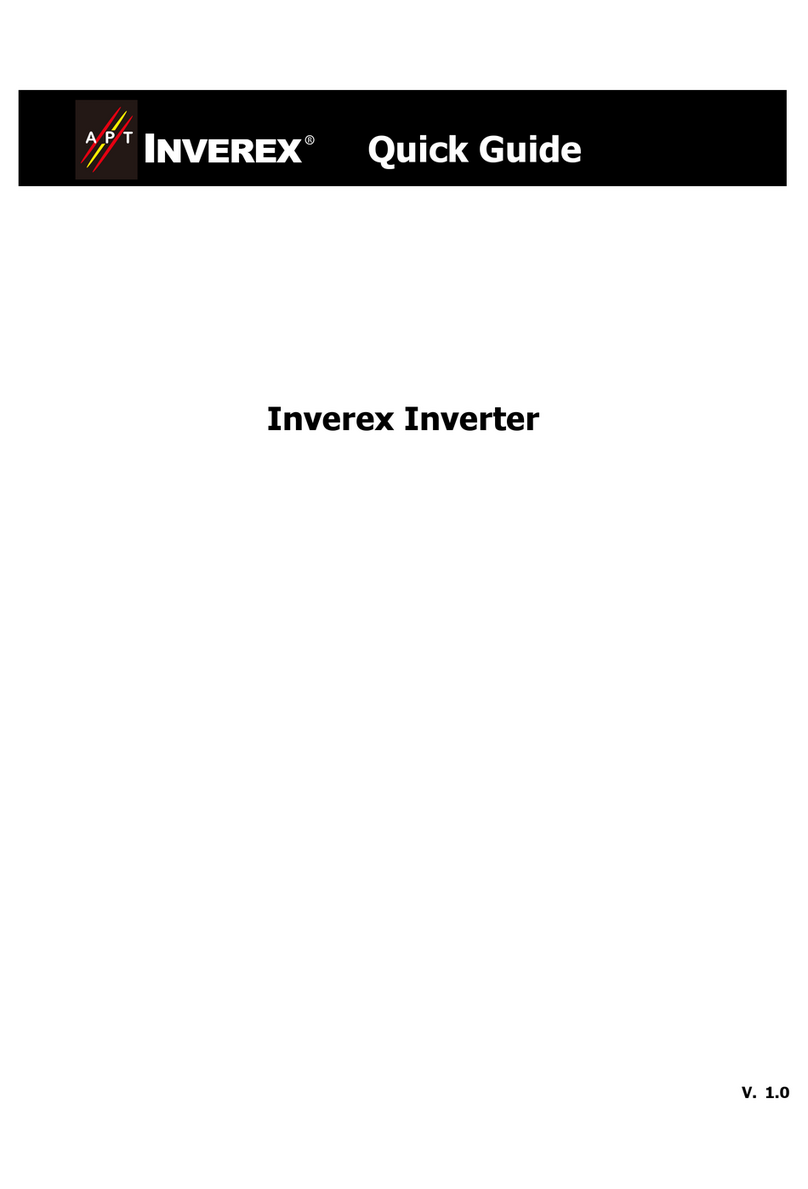Table of Contents
ABOUT THIS MANUAL ......................................................................................................................................1
Purpose............................................................................................................................................................1
Scope ...............................................................................................................................................................1
SAFETY INSTRUCTIONS...................................................................................................................................1
INTRODUCTION .................................................................................................................................................2
Features...........................................................................................................................................................2
Basic System Architecture ...............................................................................................................................2
Product Overview.............................................................................................................................................3
Unpacking and Inspection ...............................................................................................................................4
Preparation ......................................................................................................................................................4
Mounting the Unit.............................................................................................................................................4
Battery Connection ..........................................................................................................................................5
AC Input/Output Connection ............................................................................................................................6
PV Connection .................................................................................................................................................7
Final Assembly...............................................................................................................................................10
Communication Connection...........................................................................................................................10
Dry Contact Signal .........................................................................................................................................12
BMS Communication .....................................................................................................................................12
OPERATION......................................................................................................................................................13
Power ON/OFF ..............................................................................................................................................13
Operation and Display Panel .........................................................................................................................13
LCD Display Icons .........................................................................................................................................14
LCD Setting....................................................................................................................................................17
LCD Display ...................................................................................................................................................32
Operating Mode Description ..........................................................................................................................38
Faults Reference Code..................................................................................................................................43
Warning Indicator ...........................................................................................................................................44
CLEARANCE AND MAINTENANCE FOR ANTI-DUST KIT............................................................................45
Overview ........................................................................................................................................................45
Clearance and Maintenance..........................................................................................................................45
BATTERY EQUALIZATION ..............................................................................................................................46
SPECIFICATIONS.............................................................................................................................................47
Table 1 Line Mode Specifications ...................................................................................................................47
Table 2 Inverter Mode Specifications .............................................................................................................48
Table 3 Charge Mode Specifications...............................................................................................................49
Table 4 General Specifications........................................................................................................................50
TROUBLE SHOOTING .....................................................................................................................................51
Appendix I: Parallel function ..........................................................................................................................52
Appendix II: BMS Communication Installation.............................................................................................64
Appendix III: The Wi-Fi Operation Guide in Remote Panel .........................................................................71































